Test: Class 9 Math: CBSE Sample Question Paper Term I - 2 - Class 9 MCQ
30 Questions MCQ Test Mathematics (Maths) Class 9 - Test: Class 9 Math: CBSE Sample Question Paper Term I - 2
If x is a positive real number and x2 = 2, then x3 =
The point (a, -a) does not lie on the graph of
| 1 Crore+ students have signed up on EduRev. Have you? Download the App |
In the given figure, BO and CO are the bisectors of ∠B and ∠C respectively. If ∠A = 50°, then ∠BOC = ?
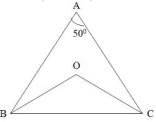

The area of an equilateral triangle with side 2√3 cm is
Which of the following is not a linear equation?
In the given figure, ∠BAC = 40°, ∠ACB = 90° and ∠BED = 100°, Then ∠BDE =?
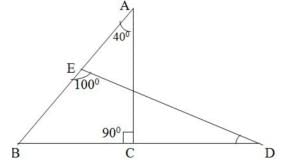
In Figure, AB and CD are parallel lines and transversal EF intersects them at P and Q respectively. If ∠APR = 25°, ∠RQC = 30° and ∠CQF = 65°, then
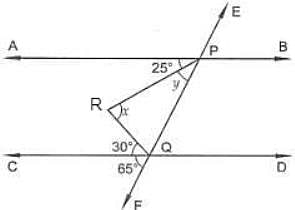
In a grouped frequency distribution, the class intervals are 0-10, 10-20, 20-30, .., then the class width is
The number of angles formed by a transversal with a pair of parallel lines are
If 4x - 4x-1 = 24, then (2x)x equals
In Fig. if l1 || l2, what is x + y in terms of w and z?
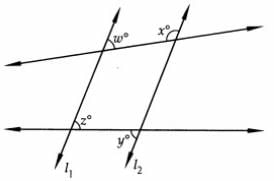
Write the linear equation such that each point on its graph has an ordinate 5 times its abscissa
The given cumulative frequency distribution shows the class intervals and their corresponding cumulative frequencies. Then the frequency of class interval 20-30 is

The sides of a triangle are 11 m, 60 m and 61 m. The altitude to the smallest side is
In a histogram the area of each rectangle is proportional to
Which of the following is rational:
In the given figure, AB ║ CD ║ EF, EA ⊥ AB and BDE is the transversal such that ∠DEF = 55°, Then ∠AEB =?
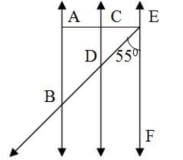
The graph of the linear equation 3x – 2y = 6, cuts the x-axis at the point
An isosceles right triangle has area 8cm2. The length of its hypotenuse is
The graph of y = 5 is a line
A point of the form (0, b) lies on:
16√13 / 9√52 is equal to
The sides of a triangle are in ratio 3 : 4 : 5. If the perimeter of the triangle is 84 cm, then area of the triangle is :
Which one of the following statements is true?
If x < 0 and y < 0, then the point (x, y) lies in
The marks obtained by 17 students in a mathematics test (out of 100) are given below :
91, 82, 100, 100, 96, 65, 82, 76, 79, 90, 46, 64, 72, 68, 66, 48, 49.
Find the range of the data.
|
44 videos|412 docs|54 tests
|
|
44 videos|412 docs|54 tests
|





 when simplified is
when simplified is

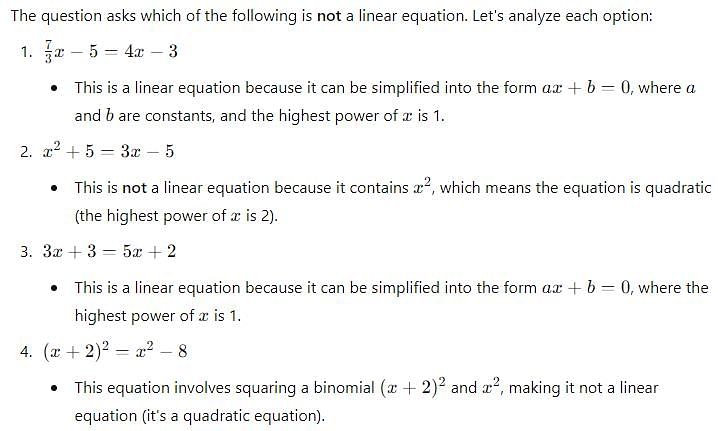
 , is
, is




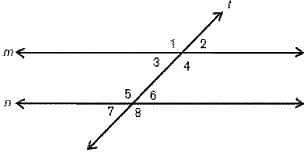








 , is
, is










 = 42 cm
= 42 cm

















